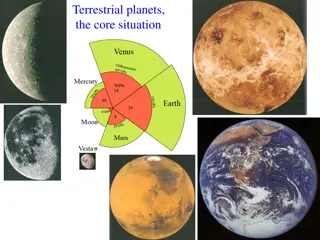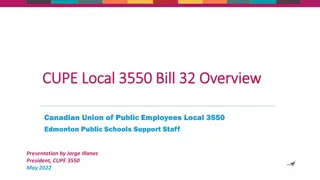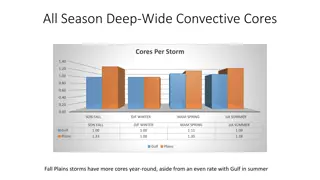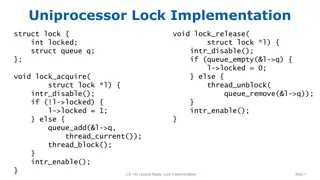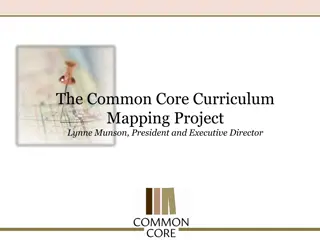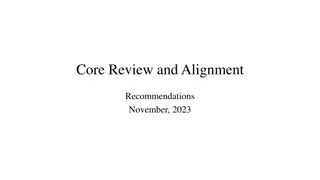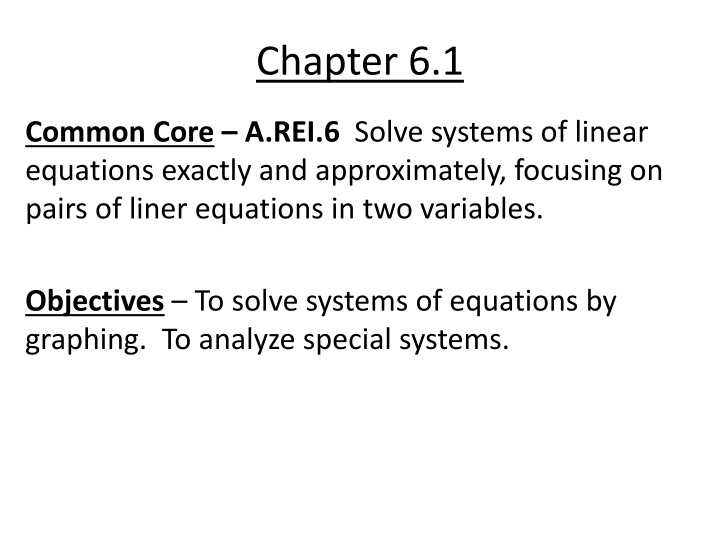
Solving Systems of Linear Equations: Methods and Applications
Explore the methods of solving systems of linear equations in two variables, including graphing, substitution, and elimination. Learn to identify different types of solutions such as one solution, infinitely many solutions, and no solution. Dive into examples and practical applications to enhance your understanding.
Download Presentation

Please find below an Image/Link to download the presentation.
The content on the website is provided AS IS for your information and personal use only. It may not be sold, licensed, or shared on other websites without obtaining consent from the author. If you encounter any issues during the download, it is possible that the publisher has removed the file from their server.
You are allowed to download the files provided on this website for personal or commercial use, subject to the condition that they are used lawfully. All files are the property of their respective owners.
The content on the website is provided AS IS for your information and personal use only. It may not be sold, licensed, or shared on other websites without obtaining consent from the author.
E N D
Presentation Transcript
Chapter 6.1 Common Core A.REI.6 Solve systems of linear equations exactly and approximately, focusing on pairs of liner equations in two variables. Objectives To solve systems of equations by graphing. To analyze special systems.
Ch 6.1 Notes Solving two equations two unknowns by Graphing One Solution (They Cross) Infinitely Solutions (Same Line) (Parallel Lines) No Solution
Chapter 6.2 Common Core A.REI.6 Solve systems of linear equations exactly and approximately, focusing on pairs of liner equations in two variables. Objectives To solve systems of equations by using substitution.
Ch 6.2 Notes Solving two equations two unknowns by Substitution 1) Take an equation and either solve for X or Y 2) Plug it into the other equation and solve. 3) Substitute it back into the original equation to solve for the other variable. Solve y = 3x x + y = -32
Chapter 6.3 Common Core A.REI.5 & A.REI.6 Prove that, given two equations replacing one equation by the sum of that equation and a multiple of the other produces a system with the same solutions. Objectives To solve systems by adding or subtracting to eliminate a variable.
Ch 6.3 Notes Solving two equations two unknowns by Elimination 1) Eliminate the X or Y variable by making them opposites of each other and then add the two equations up. 2) Substitute the answer into either equation to solve for the other variable.
Solve 2x + 5y = 17 6x 5y = -9 Solve 5x 6y = -32 -3x 6y = -48
Solve -2x + 15y = -32 7x - 5y = 17 Solve 3x + 2y= 1 4x + 3y = -2
Chapter 6.4 Common Core A.REI.6 Solve systems of linear equations exactly and approximately, focusing on pairs of liner equations in two variables. Objectives To choose the best method for solving a system of linear equations.
Ch 6.4 Notes Applications of Linear Systems Finding a Break Even Point A Fashion designer makes and sells hats. The material for each hat costs $5.50. The hats sell for $12.50. The designer spends $1400 on advertising. How many hats must the designer sell to break even?
Identifying Constraints and Viable Solutions The local zoo is filling two water tanks for the elephant exhibit. One water tank contains 50 gal. of water and is filled at a constant rate of 10 gal/h. The second water tank contains 29 gal of water and is filled at a constant rate of 3 gal/h. When will the two tanks have the same amount of water?
Solving a Wind or Current Problem Plane A flies from Charlotte, North Carolina, to Los Angeles, California at a rate of 495 mi/h with a headwind. At the same time, Plane B flies form Los Angeles to Charlotte at a rate of 550 mi/h with a tailwind. The air speed of each plane is the same. The ground speeds are shown below. What is the air speed? What is the wind speed?
Chapter 6.5 and 6.6 Common Core A.REI.12 & A.CED.3 Graph the solutions to a linear inequality in two variables as a half-plane. Objectives To graph linear inequalities in two variables. To use linear inequalities when modeling real-world situations. To solve systems of linear inequalities by graphing. To model real-world situations using systems of linear inequalities.
Ch 6.5 and 6.6 Notes Graphing Linear Inequalities 1) Graph the lines < or > use a dotted line < or > use a solid line 2) Shade above or below, or left or right of the line by picking a point and seeing if it works in the inequality.


